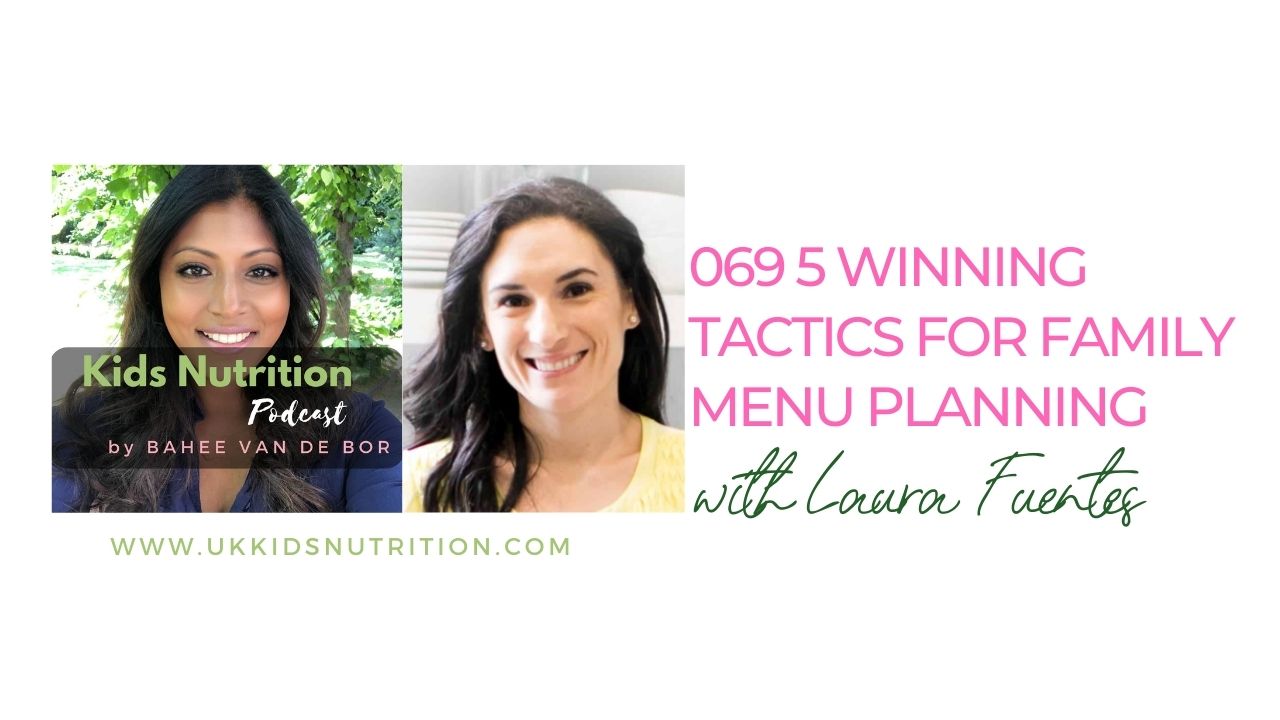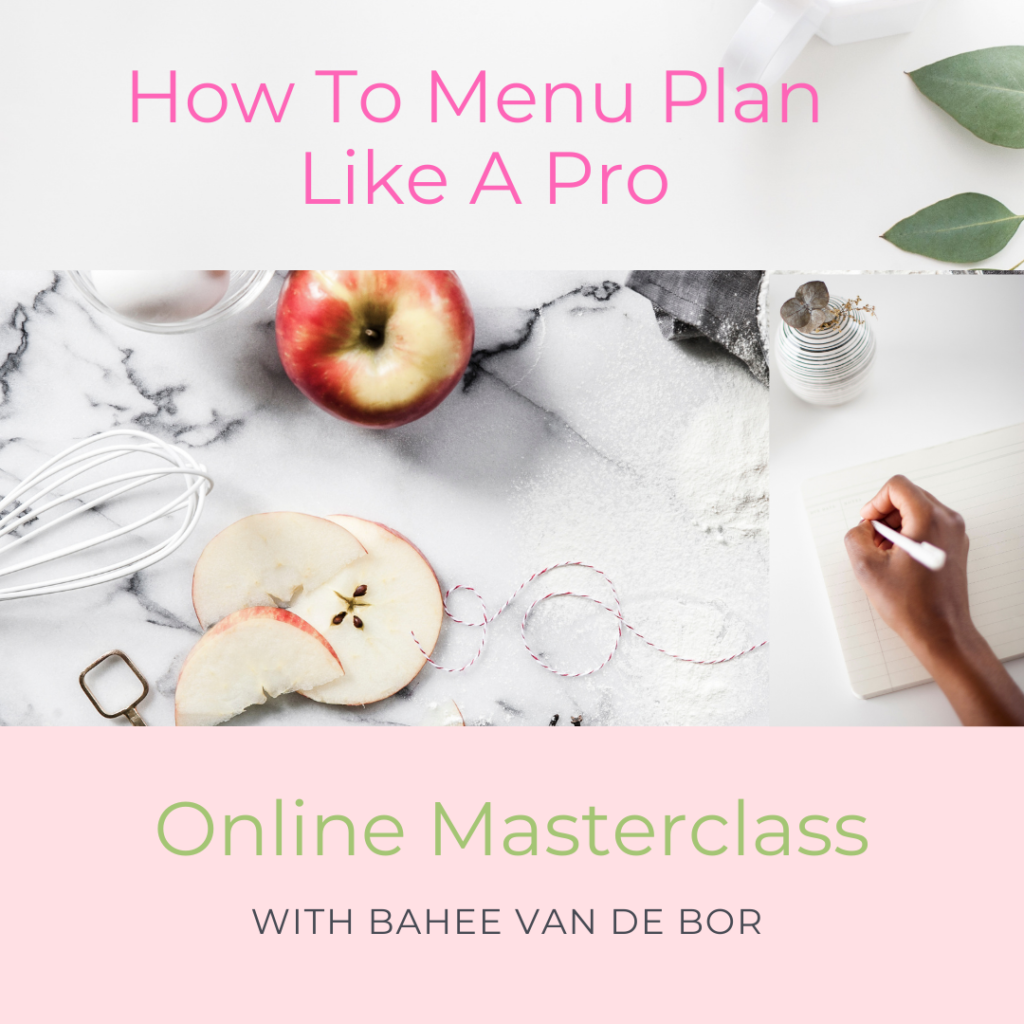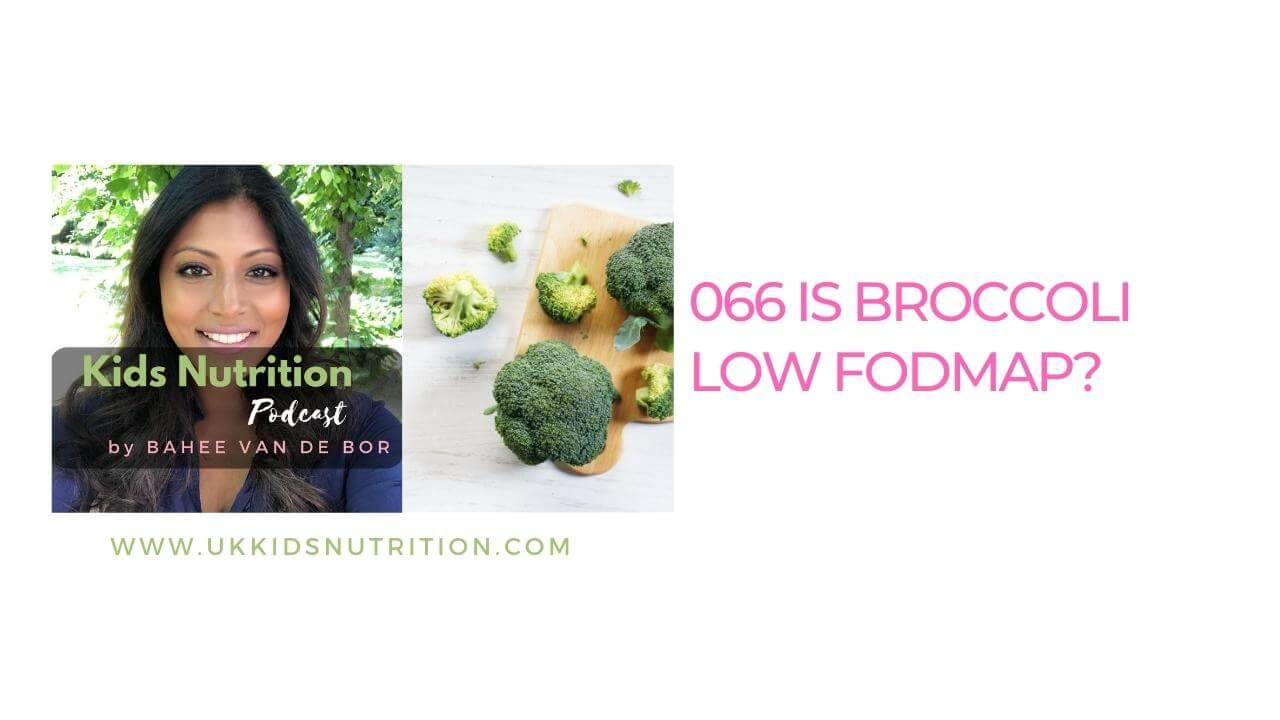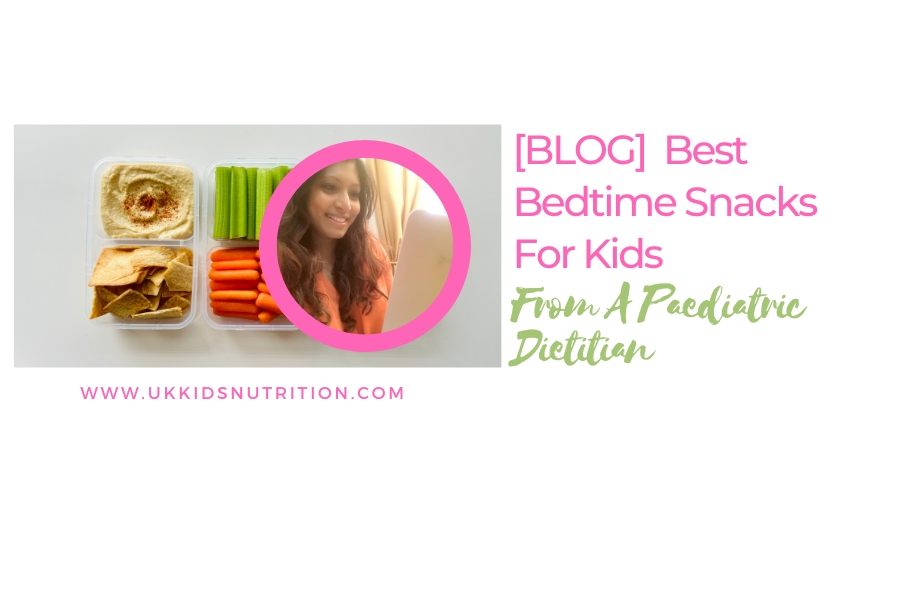Subscribe: Apple Podcast | Email | Spotify | Stitcher
Laura Fuentes is the creator of MOMables.
She’s the Author of 5 Cookbooks, a successful entrepreneur, public speaker, and spokesperson, makes regular television appearances like on TODAY and Good Morning America, and has competed on Food Network and won! Laura is bilingual, born and raised in Spain, and currently lives outside of New Orleans with her husband and 3 kids. In her spare time, Laura reads, sleeps, and works out. What she loves most is taking her family on travel adventures.
She’ll be sharing 5 winning tactics for family menu planning success.
Here’s a glance at this episode…
Please tell us a bit about yourself and what you do.
I was born and raised in Spain, just over the water from you and I now live in the United States for the last 20 years.
I’m a mom to three kids and live in the south of the United States. So it’s very similar to that European Spain culture that I love.
I inspire parents to cook healthier meals through family menu planning, making healthier choices.
But I really come from a very practical perspective of what healthier choices may look like.
And I come from that mom perspective of how do we make it happen when we are busy with our jobs, our children or families, our activities? How do we simplify it and actually apply it to our everyday lives?
How did you get started with family menu planning and the recipe business?
I had that upbringing of where we go to the market a few times a week. We cooked what was fresh, and I went to the markets with my grandparents.
My grandmother had a very old school methodical, fresh cooking Mediterranean style.
We lived next to the sea, so everything was very fresh.
That is the exposure that I had as a child but not necessarily.
Like many of us parents I tried to get our kids to cook and learn about habits and you know, there was no hands-on teaching.
Then I really taught myself how to cook. When I became a parent, I realised that I wanted to make healthier meals for my family through effective family menu planning.
I was tight on time but I really wanted to stick to the basic freshness of the recipes and concepts that I had observed and learned growing up.
So I get it’s almost a mix of the two. But really, as an adult, like many other people in my community and maybe in your audience as well.
Now as an adult is where I’m really learning to be very practical, very prepared, and just so I can have a weekly meal plan and feed my family better than buying a lot of ready-made meals.
I found a lot of shortcuts which I’m excited to share with you.

Many parents tell me they struggle with how to successfully put together a tasty but quick and nutritious family menu plan. What are the secrets of tasty family menu planning?
I want to break this down into two phases. But the first thing I want to go back to what you said is now since the pandemic, many of us have had to find ourselves really set up home a lot more.
Some of the conveniences that we had before we’ve eliminated mostly many of us are also getting a lot of our groceries delivered.
So there’s a lot less stopping in the market on the way home and buying a couple of ingredients.
But something we’ve noticed globally is that people are buying food for the week.
So whereas people would maybe stop once or twice and then market throughout the week, they are now buying less often.
The difficulty of doing that without a plan is that we are buying ingredients.
And then we have to think about how we put together these things and create family meals. And that’s why it becomes very overwhelming to many of the parents in my community.
At that the end of the day, you know our brains are tired from working or doing everything that we are responsible for getting accomplished during the day.
And then now we have to think about what to do with these ingredients that we have or food ingredients that we have in our kitchens.

Plan your family-friendly meal before grocery shopping
What I always recommend is that the reason it’s so confusing or it’s hard to put good recipes together is when you buy ingredients and then have to think about a recipe versus thinking of your menu plan.
And then you can buy ingredients for your plan.
So it’s almost like if you start with a few recipes in mind, then you can allocate those ingredients to a recipe so you know exactly what you’re going to do.
For successful family menu planning, instead of buying your usual ingredients and then figuring out what to do with them because you’re so tired and have this decision overwhelm often at the end of the day.
It is the toughest part of the day for all of us. It is 100 times harder to then make better decisions and better choices or we end up eating the exact same things routinely, which leaves us a little bit unsatisfied with our meals because we feel like we’re eating the same things over and over.
And therefore we end up you know, kind of being upset really with choices that are not as nutritious because you know, variety is a key component of a variety of ingredients.
Like all the things that we eat, it’s important to add a variety of ingredients.
So that is really the biggest challenge that we face is not creating a plan and it doesn’t have to be complicated.
It can just say three or four recipes for the week.
And then maybe some of them will have extra so you can use those as leftovers or just heat up something and make something together along with a salad or something lighter at the end of the night.
But really the biggest struggle is when you are faced with a bunch of ingredients that you shop for that didn’t really have a plan to be used in or a recipe to be allocated to.
Meal planning ideas: pick two new things every week
Every week you have the opportunity to try something new.
Mix it with the recipes that work for you and your family.
So like a lot of times, I tell people don’t just go pick five different things every single week. It’s all very new. It’s all very overwhelming.
Pick two new things. And then the other three or four things throughout the dinners or meals throughout the week.
Make things that you know your family enjoys, you can make these things and make these recipes in your sleep.
You know you’ve made them so many times that are the tried and true things that you know it works, right?
And so you pick one or two nights a week where you know you have a little more time or maybe there’s not as much homework to help your kids with or you’re not as tired and that’s the nights that you try something new so it is absolutely possible to have the best of both worlds right like lots of nutrition easy recipes.
By just planning things one week at a time and making them and you still have the ones that your family enjoy so adding a healthy mix of both is how you can eliminate that.
You know, instead of making the same old recipes all the time or worse making multiple meals for your family because not everybody eats the same thing.
So follow these tips for successful family menu planning.
Weekly meal plans don’t need to be overwhelming
I want to encourage your listeners to really not think about meal planning for your family as this huge overwhelming thing.
It really isn’t when you keep it simple.
That’s honestly the secret to doing it consistently.
Right so if you because you’ll it’s so easy to reap the benefits of having a plan like you just said, you know, you just feel better, you feel more prepared.
You realise you’re eating better, week after week, right?
So the secret to sticking with it is really to make it really simple.
So what I like to do is like a kind of introduced a little bit before is if you’re just getting started.
You are going to write down two new things that you’d like to try, right so for example, say you really been wanting to try some type of shrimp skillet recipe.
Consider the time the recipe takes
When starting with family menu planning, you’re going to search for something that looks like you know, has a core of ingredients that your family would eat right so and then what I want to encourage you is also take a look at the time that the recipe requires.
Another way I approach finding new recipes is by looking at my freezer and saying what I have to use up first.
What do I feel like eating and what do I need to use up or rotate in my fridge, freezer or pantry?
You can prep ahead or make the night before or maybe it’s something that yields like a big pot of soup that yields leftovers that are going to help you pack warm lunches in a thermos for example.
So that’s how I like to think about meal planning.
Number one, what can I use up first in my fridge or freezer because that also saves us money.
Okay, so what do I feel like eating? Well, you know, it’s the same question as what do we want to go eat out?
And number two, we need to write it down. It’s super important to write this down and not to carry a mental meal plan because we have a lot of things on our minds.
And if it’s not written down, again, it’s more likely to not be made or executed throughout the week. So I simply write it down.
Consider how the same ingredient can be used in several recipes
Keep it very simple by combining ingredients.
So maybe if you’re going to go buy chicken for the week, instead of buying chicken for one recipe in a different cut of chicken for another recipe, purchase the same cut of chicken or a rotisserie chicken.
So think about how can you utilise the same ingredient in multiple recipes or how can I buy something that’s going to help me make a recipe faster.
So shortcuts that help you speed up your planning and cooking process
So if you are visual, would you recommend looking through cookbooks as well to see what might catch your eye for meal planning?
I have published five cookbooks. And so I use my cookbooks for those are not just my own but the ones that I have to grab inspiration for those two new recipe days.
Because it the cookbooks are great because it gives us a visual but they also provide us with a tried and true recipe.
There’s a lot of testing, and a lot of method methodology before it gets printed on paper.
So I know that if I’m trying to a recipe from a cookbook and I’m not going to vary from the recipe and invent my own substitutions.
It’s probably going to be a recipe I will enjoy eating because it’s been tested.
It’s not like when you try something from the internet where the directions are, you’ll miss a step and you’re like, Ah, I don’t know about this right?
There are really a lot of tests. Cookbooks are phenomenal for inspiration.
And I use Cookbook Recipes oftentimes for what I call Sunday supper here in the United States, or on Sundays because I have more time, and I’ll often cook more or if it’s something I really know and love.
I’ll cook and I’ll double it so I can just heat it and serve it maybe on Tuesday or Wednesday when it’s a busier night of the week. So it’s like a win-win to use a recipe from a cookbook for sure.
Keep it simple
I want to keep it very, very simple. Anything that takes longer than that. It just becomes a chore, right?
It really doesn’t take a long time to open up your refrigerator or your freezer and look at things and go ‘what do I need to use up’. Like how do I use things up?
That’s the best way of not wasting, not wasting money and keeping things fresh. It’s just using what we have on hand.
And the other thing I would recommend is to look at the recipe, for example, or something. Her recipe has a marinade. Well, that’s something that you can prep beforehand.
Don’t necessarily put the chicken in the marinade but for example, put olive oil and seasoning like lemons and put it into a zip bag.
I put that in the refrigerator and even if the recipe does not happen until Thursday, they’re very nice, fresh and ready.
I want to eliminate the things that are going to come across my path for me honestly chopping onions is one of them.
Okay, so your listeners could be chopping onions, maybe dicing vegetables.
You can absolutely roast vegetables or use them directly from the freezer so like you can find nowadays, from frozen sweet potatoes to squash peppers.
So you can absolutely roast frozen vegetables or throw those in a soup.
If the recipe calls for one pepper sliced. You can use the equivalent frozen vegetable more or less visually.
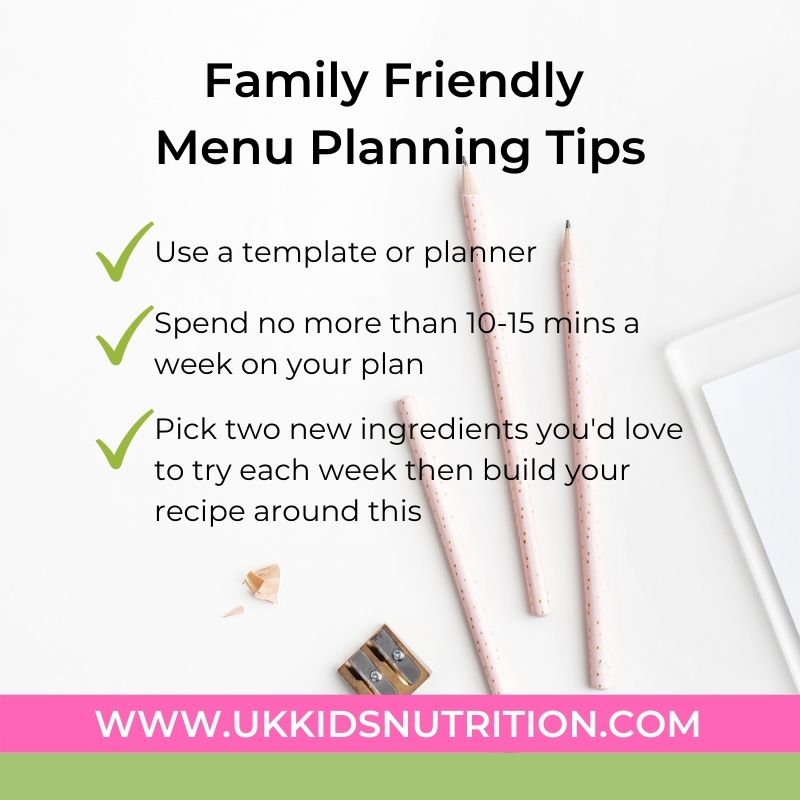
Does prepping onions, garlic and ginger in advance affect the taste?
It really depends on the recipe but usually not.
No, I do sometimes pre-chop onions myself but make sure it’s sealed well.
Otherwise, you will have a very stinky refrigerator!
Some foods do have a different texture from the freezer to the saute pan.
So unless you know you’ve done this before I highly recommend frozen vegetables in a roasting method or a soup.
When you roast a vegetable it really it changes its texture and it caramelises it a little bit, so it’s easier to get away with right then.
So obviously if you stir fry in peppers and onions these will have a slightly different texture to them when you chop them fresh verses from the freezer.
Your idea is to get a healthy meal on the table right.
You will find the shortcuts that will work best for you based on how your recipe.
The frozen vegetables may take maybe three or four more minutes to really evaporate the frozen vegetables.
Frozen vegetables hold a lot of moisture so it will take a few more minutes to get that burnt crispy top.
What are other shortcuts you can take to increase your family’s intake of fruit and vegetables?
- buy pre-chopped fruit and vegetables
- invest in a food processor
- trial a Thermomix or other kitchen robots
Let Me Help
Would you like to meet a children’s dietitian who has successfully helped families solve their nutrition problems from around the world?
Whether you are worried about a suspected dairy allergy or need help for your child with constipation or diarrhoea, I’ll help you manage these with confidence.
For bookings and enquiries email and book a quick call for us to chat about how I can help you here.
